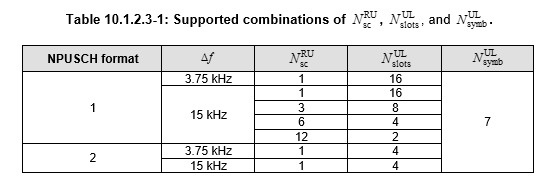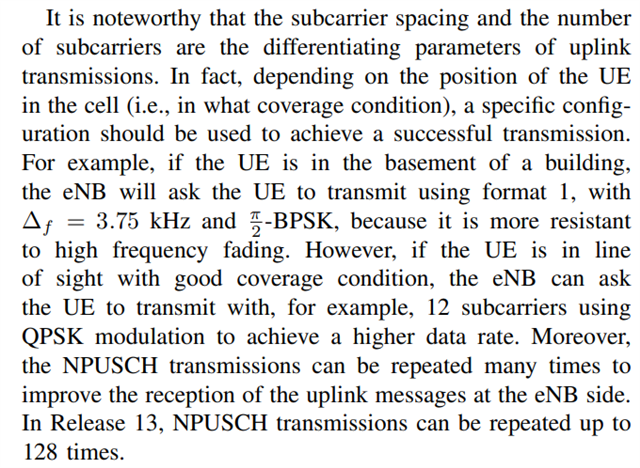Regarding nRF9160 modem
Average current consumption, radio resource control (RRC) mode, Cat-NB1 : page no 67 in nRF9160 product specification v2.1
Both sub carrier frequencies(15 kHz and 3.75 kHz) have different average current consumption, These two sub carrier frequencies are user configurable or it is automatically configure according to the availability of network ? please confirm.
Thanks,
Paresh Patel




